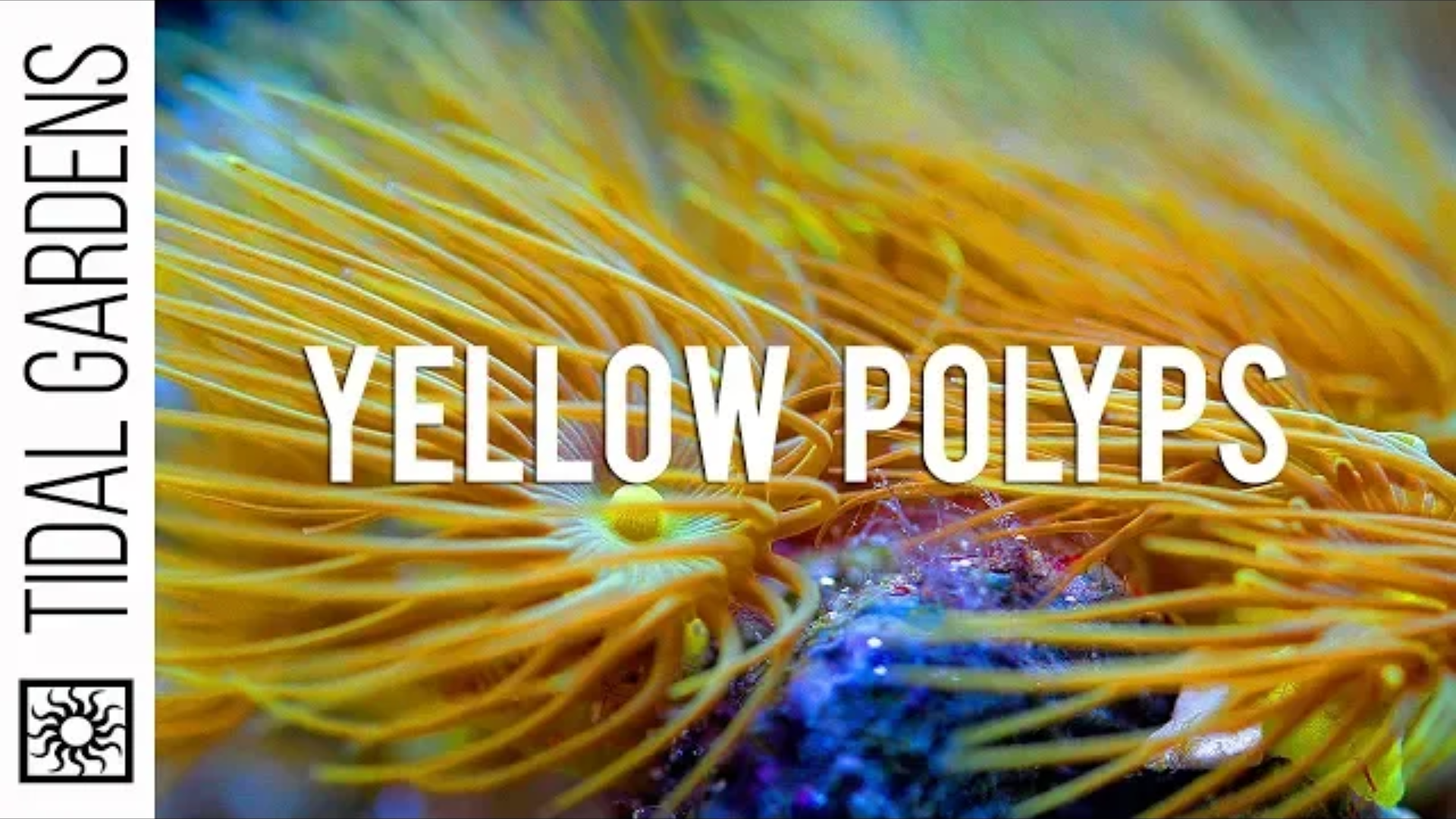Yellow Parazoanthus Polyps Coral: Complete Care Guide
- Apr 18, 2021
- Anshika Mishra
- 2300 0 0

If you like Yellow Polyps as the spotlight of your reef aquarium, then this is the article just for you.
Yellow Parazoanthus Polyps Coral: The Introduction
Yellow Polyps are a close relative of Zoas and Palythoa from the Genus of Parazoanthus. There are several species of ParaZoanthus in the wild, but the most commonly seen species in the reef aquarium hobby is the bright yellow ParaZoanthus Gracilis.
Their color is the stand-out feature of Yellow Polyps. Bright yellow coloration is one of the more difficult colors to come across in reef keeping. Much of the time it is associated with challenging non-photosynthetic corals such as sun corals, or non-photosynthetic Gorgonians.
Occasionally you will find highlights in corals such as Zoanthids or some LPS such as Scolymia, but rarely would one find a predominantly bright yellow of any of these. There are only non-photosynthetic corals that are solid yellow. So, Yellow Fiji Leather, Yellow Scroll Corals, and Yellow Porites, etc are a few of them.
Care Tips
Lighting
ParaZoanthus are not necessarily light-demanding but the lighting makes a profound difference on both the color development and their aesthetic presentation in the aquarium. It means that these polyps are photosynthetic and they can grow and be healthy in about any kind of light.
But color and size change dramatically depending upon the intensity of light. When provided low light, the polyps take on a mustard yellow color and the polyp itself grows in size with fuller polyp extension. Under more intense lighting, the polyps develop a canary yellow color and shrink down to about their original size.
Light also plays a big role in our viewing of them in the aquarium. In this day and age, reef hobbyists tend to go much heavier into the actinic range. This should come as no surprise as actinic light shows off the incredible fluorescence of a multitude of corals.
The problem is with doing that with yellow polyps is that it be highly disappointing as they are essentially non-fluorescent and all of their bright yellow colors will be lost in favor of muted grey-blue color. To appreciate the full intense yellow coloration of these polyps, you will need to provide daylight coloration between 6,500 and 10,00 Kelvin.
Flow
As for flow requirements, these polyps tend to do best in medium to high flow. The increased flow helps prevent detritus from settling around the base of the individual polyps as one of their feeding opportunities.
Feeding
Speaking of feeding you really do not need to go out of your want to spot feed this coral because they are some of the most capable corals when it comes to prey capture. Their tentacles are highly effective at grabbing food out of the water column and the very active at feeding at every tank will provide them plenty of opportunities to grab what they need.
They will grab both dry foods as well as frozen food and they can ingest anything up to a Mysis shrimp in size.
Placement
One downside to the effectiveness and activity of their tentacles is aggression towards neighboring corlas. Long story short, Yellow Polyps are highly effective combatants and will likely win a stinging contest against most other corals. For this reason placement is very important.
It is recommended to keep these corals on an island of themselves. The relatively fast multiply polyps and if they share a rock with other corals there is always this risk that they are going to overtake the others with both their growth rates and aggressive nature.
So, that's it for the care tip of the Yellow Polyp. As always until the next article
Happy Reefing!







About author